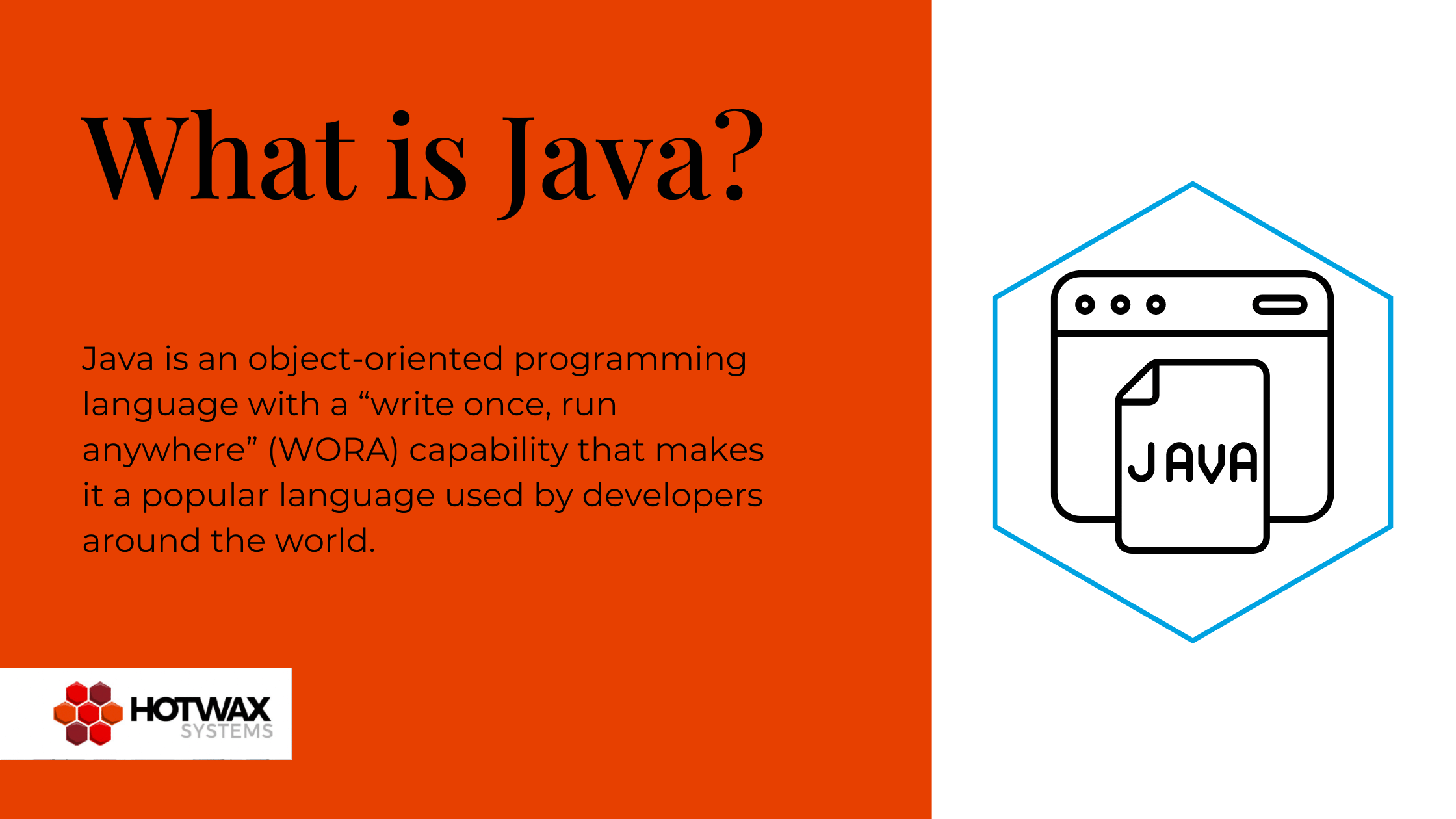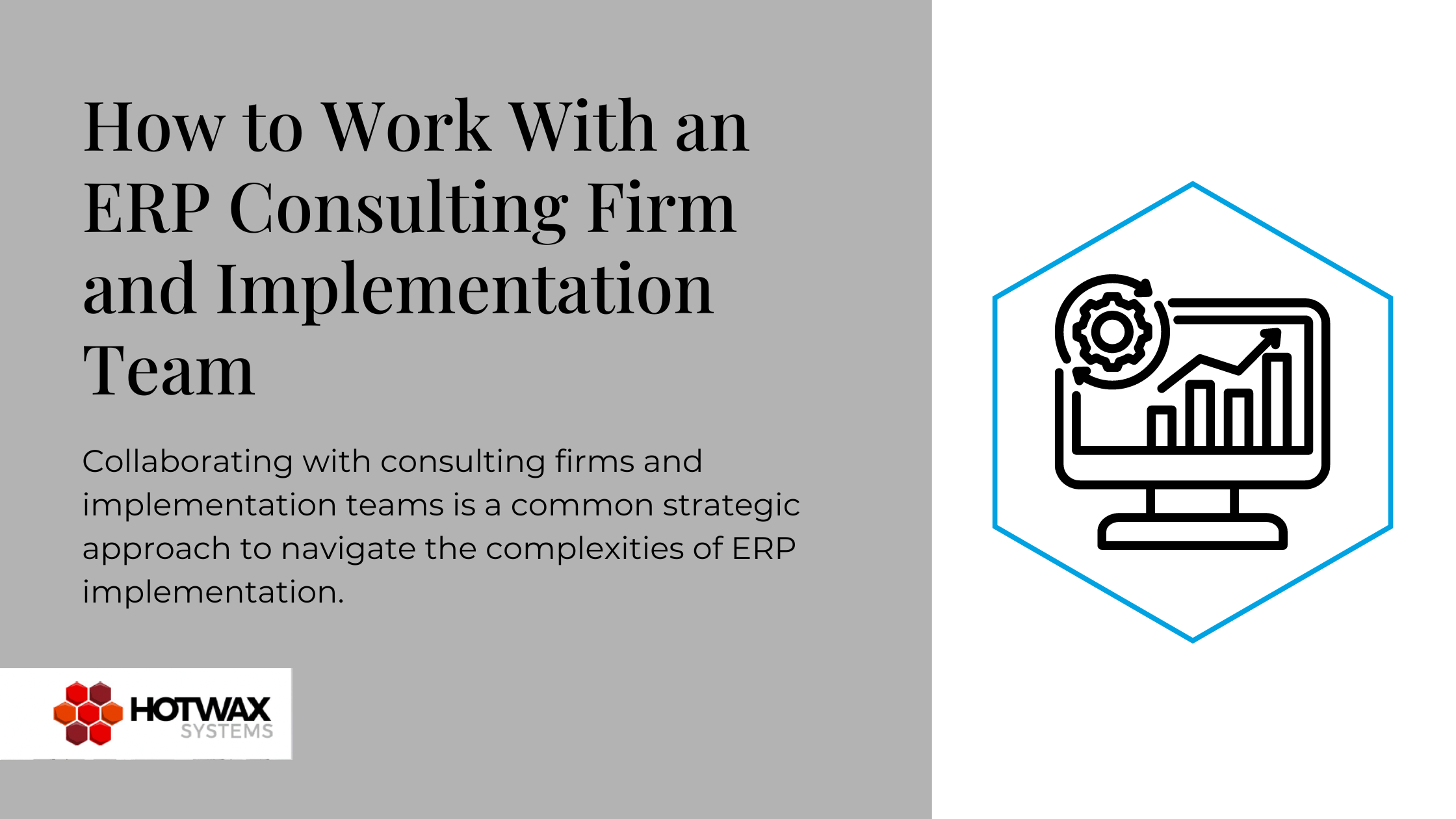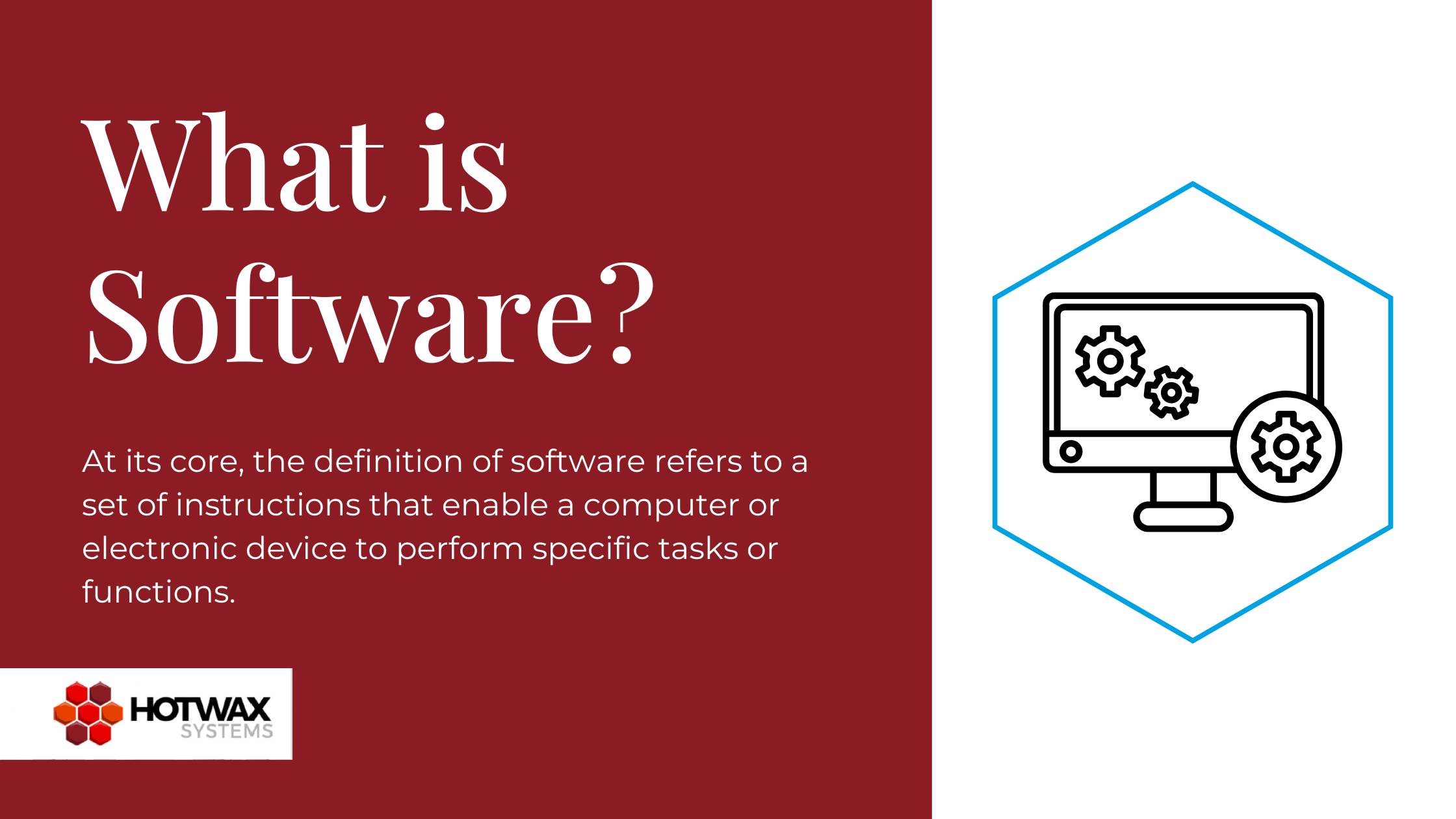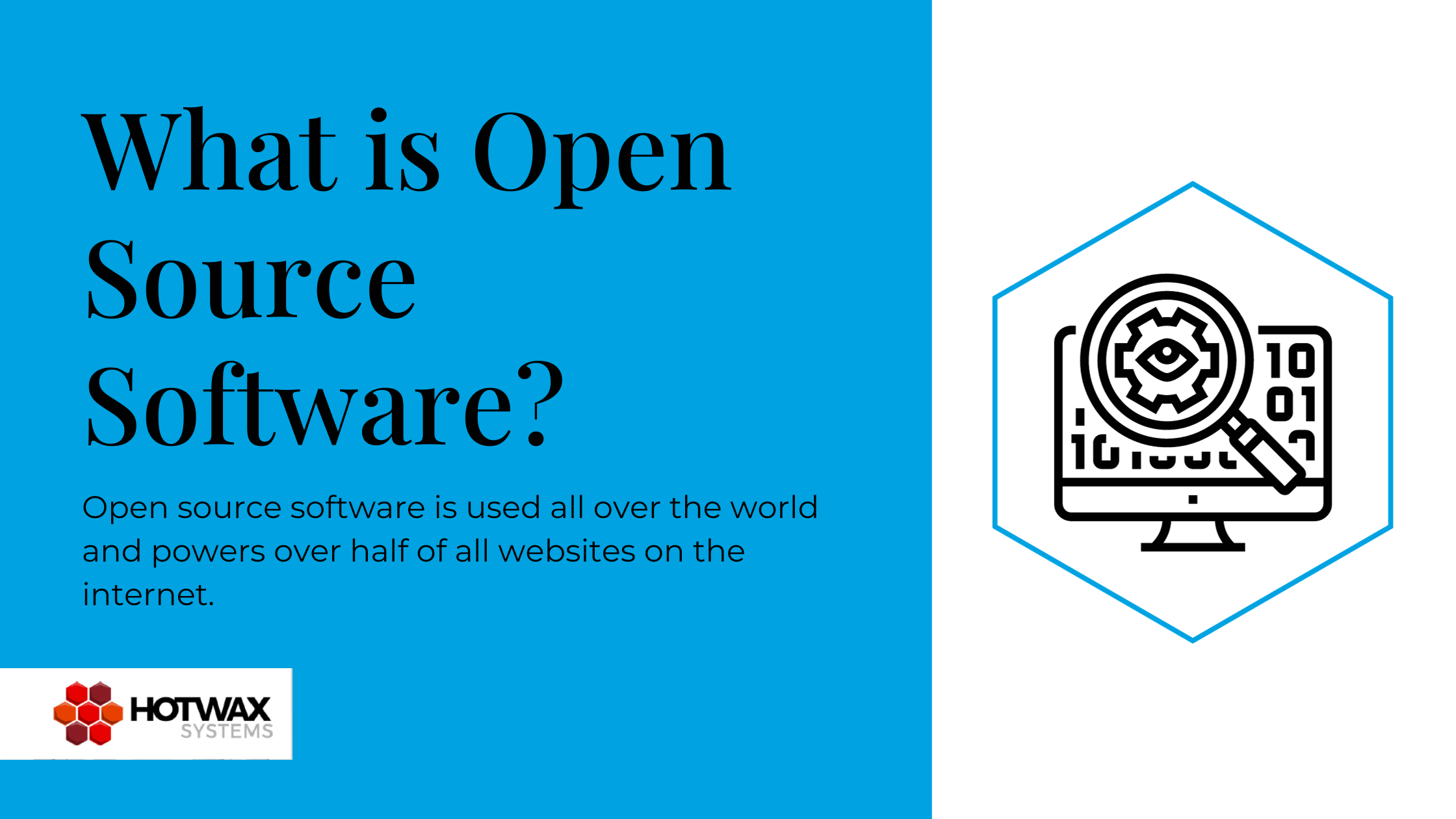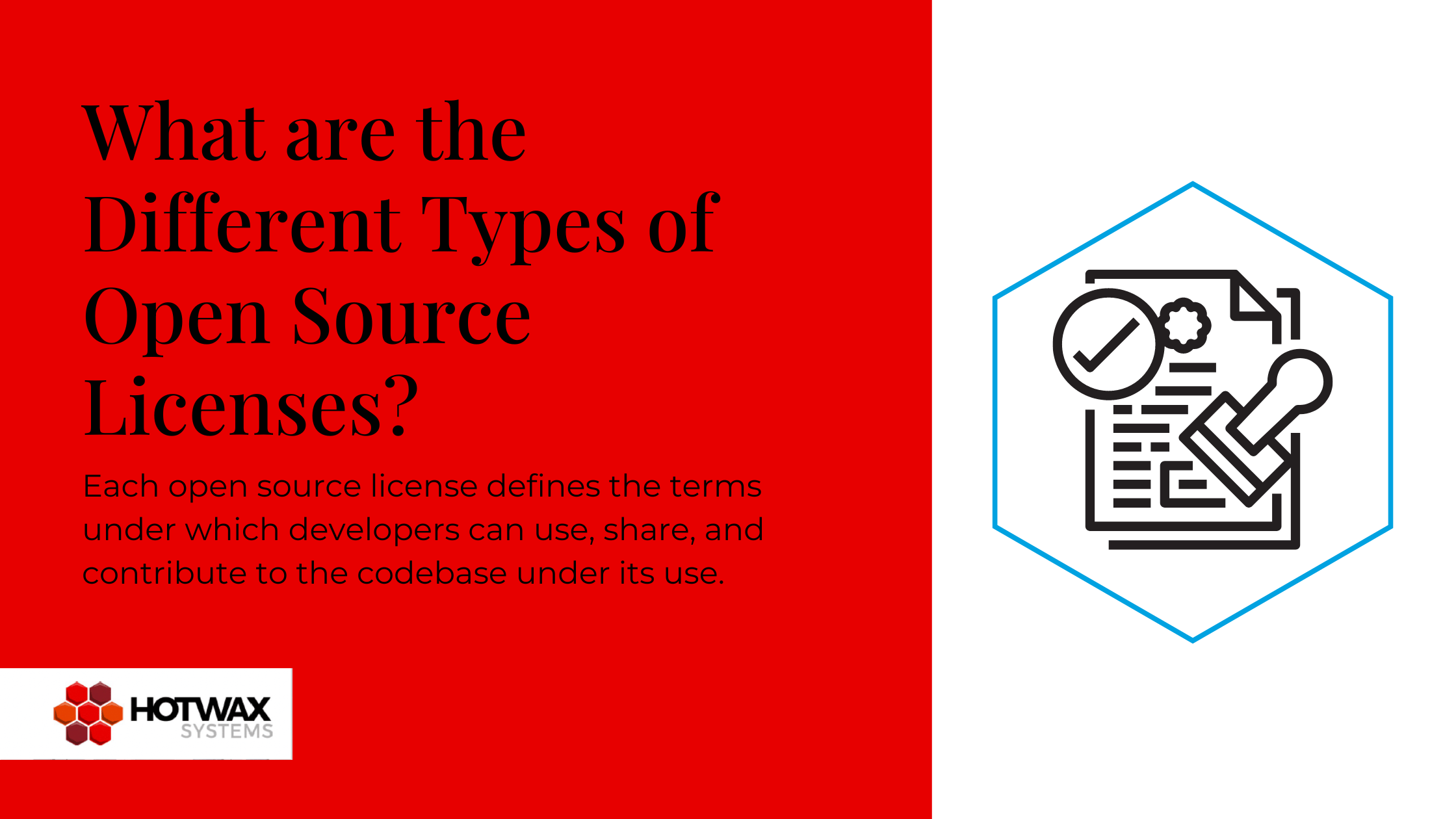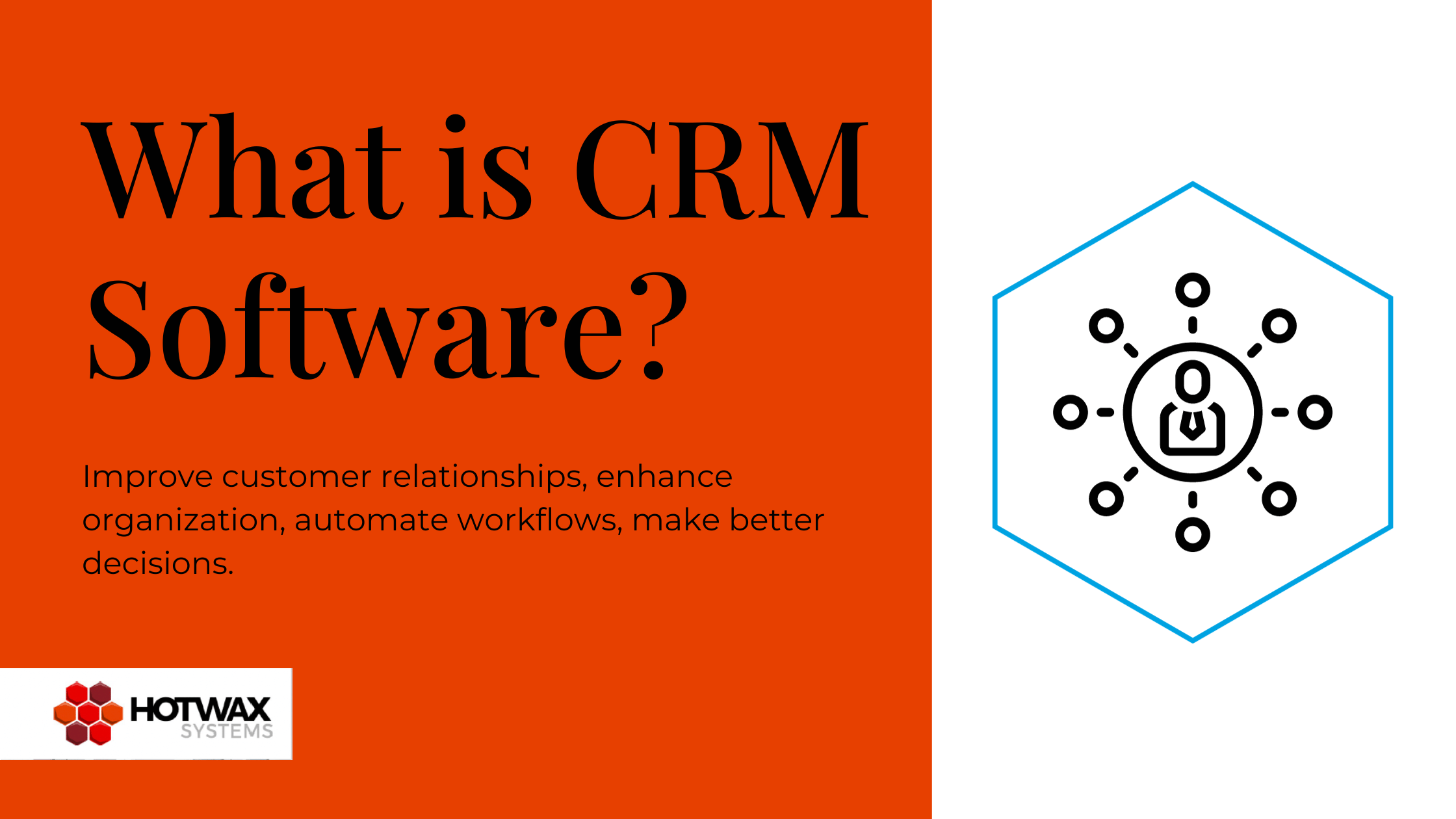As a web developer and designer I wish I could spend more time trying to get everything pixel perfect. (You might identify with being a frustrated perfectionist as well).
Sadly, in the fast paced scrum world with deadlines, pixel-perfect isn’t always possible. If I spent the time I wish I could perfecting the pixels, I would quickly become a blocker for other developers. So how do we develop toward perfection, while getting our priorities sorted out and still meeting deadlines?
Let me share three of the different methods I learned about at Front 2016 that may just help you:
1. The Cupcake Method
The cupcake method, as shared by Tracey Varnell, begins with the team focusing on the basics. Our ultimate goal may be to create an amazing wedding cake; and we can and will get there. However, it is important to start with the basics. We must work as a team to discover what these basics are.
What are the basic requirements for this “wedding cake”? My initial guess would be: flour, eggs, butter, vanilla, and of course don’t forget the sugar. But make sure you work through the project and don’t leave anything out, even the tiny, but necessary items. I accidentally forgot to list salt and baking powder in my list above, and a cake with out these small but necessary ingredients wouldn’t turn out the way we want.
In software and web development our process should be the same. What are the basic needs for our project to be functional? Plan and communicate with your team to discover what these are, then get to work. Take the basic ingredients and make the best cupcake you can. Make sure the basic ingredients, processes, and flows, as decided by the team during discovery, are all working together as expected. Failure to do this now could spell disaster as you work towards the development of that wedding cake.
Once you’ve baked an amazing cupcake, get it out there! Let the public taste your creation. Keep your eyes and ears open. Gather feedback from the cupcake eaters and if it will make the cupcake better, implement it. When ready, go a little bigger; create a birthday cake. The birthday cake will feature the same key ingredients as the cupcake, but may have some additional features (perhaps a second layer) as well as the prioritized fixes and improvements gathered in the feedback.
Once it’s ready (like you did with the cupcakes) let the world have a taste! Continue to seek feedback from the birthday cake eaters. Are you hitting the mark? If not, make adjustments to the areas that need it. Finally you’re ready to make the ultimate wedding cake, adding even more layers, features, and designs. By now, your customers will know what to expect; a great and delicious product.
So it is in the development world. If you start with trying to achieve perfection and the end state right away, without the steps and milestones in between, your project will probably fail. Start small, and get it right.
2. The Give a #@&! Method
Cap Watkins talked about something I think many of us experience frequently — things not going as we want or hoped they would. Whether it’s pushback from others on the team or (like me) your own perfectionism blocking you from moving the project along. It’s important to be able to know when to let something go.
In order to help people do this, Cap and an engineer from Etsy came up with a scale to help determine whether or not it’s okay to let it go. It’s called the “Give a #@&! Scale”. On a scale of 0 to 10– with 0 being zero #@&!s given, and 10 being a #@&! load of #@&!s–where do you fall?
Does it really not matter, and you’re closer to a 0? Then let it go! If someone has stronger feelings about the way a task should be done, don’t waste time arguing over it. Let it go, let them move forward with their solution, and continue on to the next task. Are you closer to an 8 on the scale? Then have some further discussion about it if needed, explaining your reasoning for feeling so strongly. If others on the team don’t feel as strongly about the issue as you do, then they should let go of their pushback and let you proceed.
As Watkins stated, “If everything is an emergency, nothing is.” You need to build trust with your team. Only push back on things that really matter to you, keeping the end state and goal of the project in mind. Having a scale to use with your team members should help you get through those times when disagreements happen, letting you get back to moving the project forward, quicker.
3. Perfection vs. Cool New Stuff
Jaclyn Spangler from Fullstory introduced an interesting graph (below) to help us strategically prioritize great ideas that come our way. Whether these ideas of how to improve our product come from our customers or internal staff, we need a good way to know which ones to fix or implement. This task can be hard.
Most ideas will fall onto two separate spectrums: Perfection and Cool New Stuff. If we place the spectrums on a graph with Perfection on the y-axis and the Cool New Stuff on the x-axis, we’ll find that sweet spot of things we should be focusing on as we go up and to the right.
The greater the need for perfecting an item, or the cooler the addition/fix, the more likely it is that implementing it into the product will result in something our customers will want and enjoy. There needs to be a good balance between the two. If we are always focusing on producing “Cool New Stuff” but never perfecting what we’ve already released, it’s likely that our customers will grow frustrated with the product. The issues they are encountering will most likely eventually lead them to abandon the product. On the other hand, if we are always focusing on perfecting what we have, we will miss out on the innovation and other areas our customers desire. In this case, it’s not likely that our customer base will grow or expand.
Smart Development
There are many different methods for discovering priorities and overcoming development blockers. I found the above methods a fun new twist to the ones I regularly hear about. So whether you start small while working toward making an extravagant “wedding cake”, prioritize your level of concern about a particular blocker using a scale, or leverage perfectionism and innovation, make sure you and your team are working smarter, in addition to harder.
If you liked this article, check out what I learned at Front 2016 about team collaboration.


